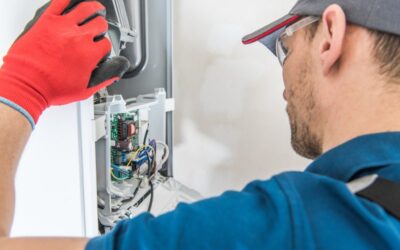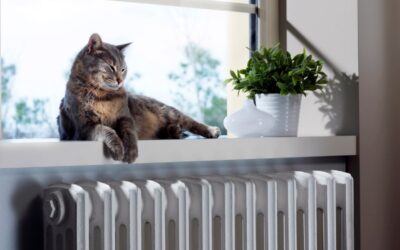The heat pump has become one of the best money-saving alternatives to traditional heating and cooling systems. Rather than using large amounts of energy to create heat, they can conveniently move warm air from your outside into your home. Here are a few of the vital components that make heat pumps so efficient in Vidor, TX.
Condenser
The heat pump’s condenser is a set of two copper coils that contain refrigerant. During the winter, the external coils pull warmth from the outdoor air. This process turns the refrigerant from a liquid into a gas that can transport heat inside.
Compressor
The compressor pressurizes the refrigerant so that it can easily change form. This component is vital to the heat exchange process that repeats throughout the day. If you hear screeching or groaning coming from your external unit, call for HVAC repairs right away before it impacts your temperature control.
Evaporator
The indoor evaporator coils receive the gaseous refrigerant from the condenser. As the pressure drops and the refrigerant releases its heat, it once again becomes a liquid. The system pushes air over the warm coils and then into your living areas.
Air Handler
Just as furnaces need a blower, heat pumps require a fan system to push heated air into the ductwork. Air handlers can occasionally struggle with motor failure and obstructed pathways. Keep your household comfortable all year long by scheduling regular maintenance.
Reversing Valve
When the seasons change, your heat pump will need its reversing valve to switch its functions. This makes it possible for the system to pull heat in the winter and chilled air in the summer. Heat pumps are a great home investment because they eliminate the need for separate heating and cooling systems.
Heat pumps utilize components like evaporators, condensers, air handlers and compressors to maximize your indoor comfort. Contact us at Burnworth’s A/C today to schedule a new HVAC installation in Vidor, TX.
Image provided by iStock




